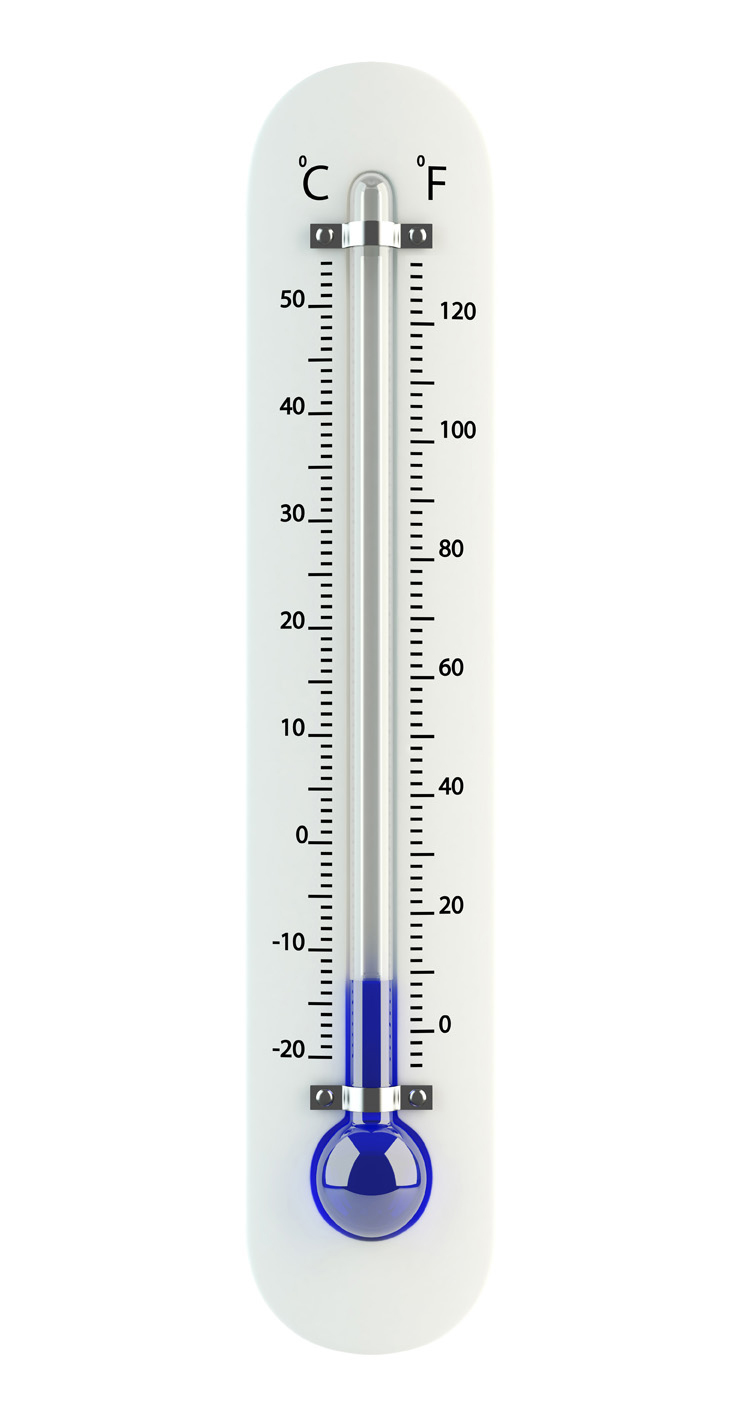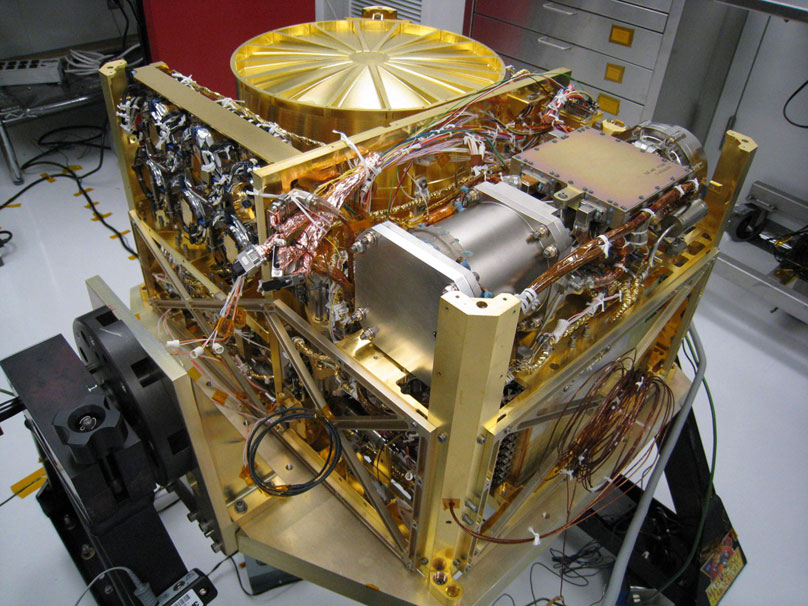As well as being able to take photographs, the Mars Curiosity rover has instruments that can measure temperature, atmospheric pressure (this is the ‘push’ of the atmosphere on objects at the planet’s surface) and humidity (the water content of the air).
Data Analysis Activity
The following table gives information about changes in temperature at Gale Crater over a 2-year period, which corresponds to just over 1200 Martian days or ‘sol’. Temperature was measured in units of ˚C (degrees Celsius). Use the information to answer the questions which follow.
| Time (Days) | Temperature (°C) |
|---|---|
| 0 | -10 |
| 200 | -5 |
| 400 | -22 |
| 600 | -30 |
| 800 | -9 |
| 1000 | -2 |
| 1200 | -25 |

0°C = 32°F
